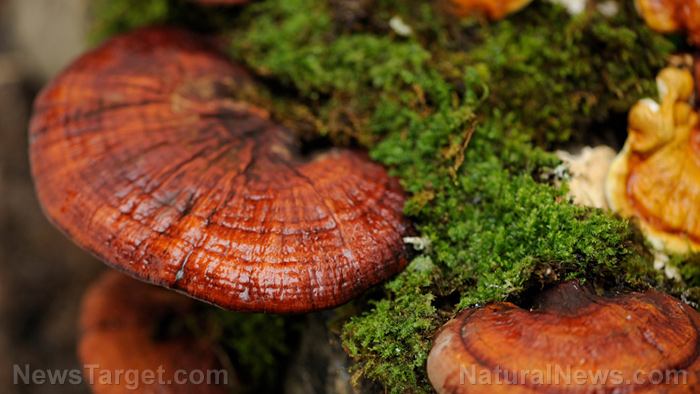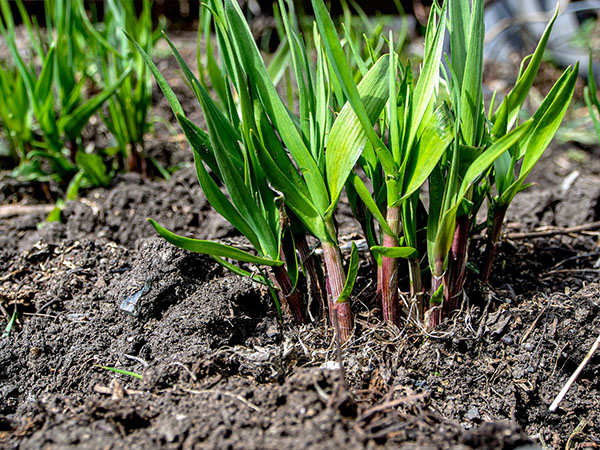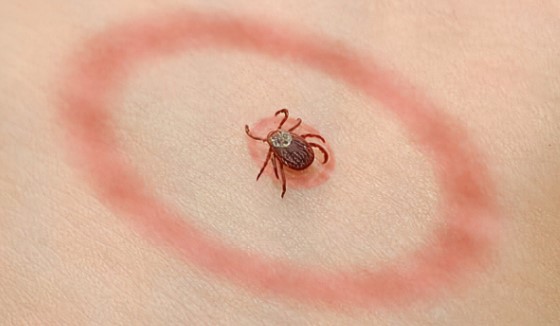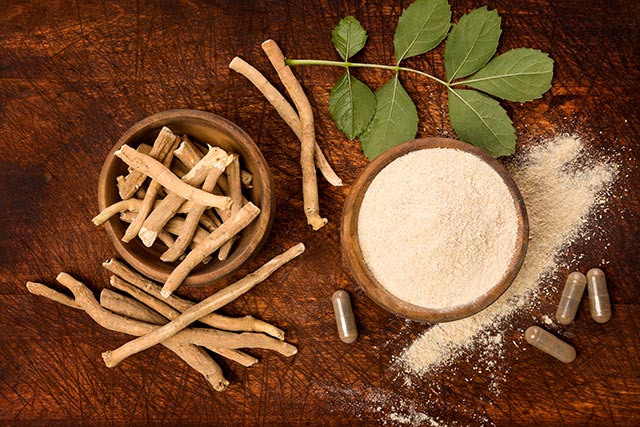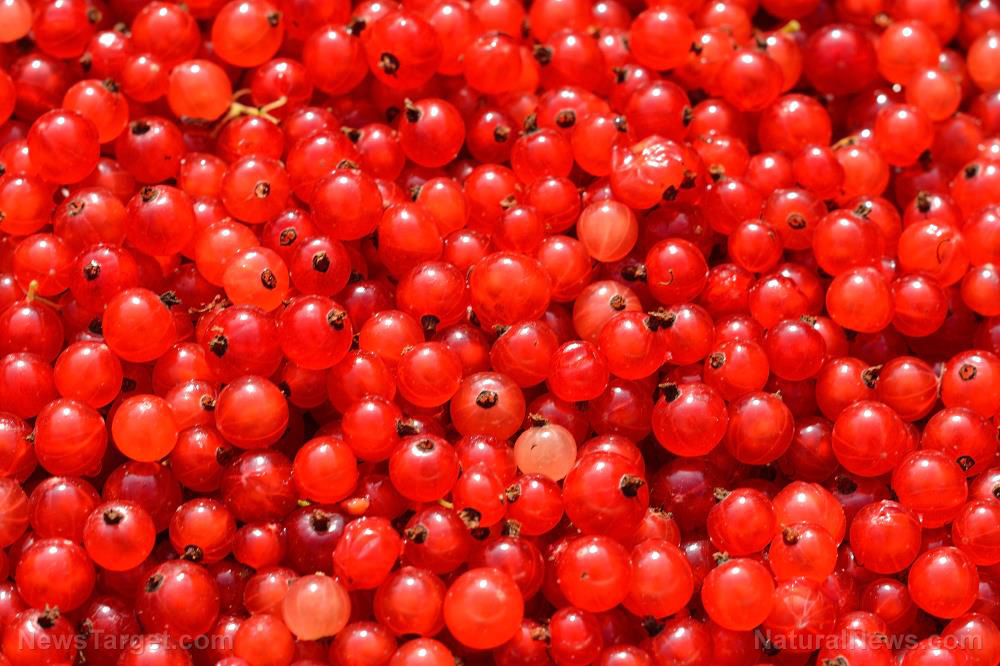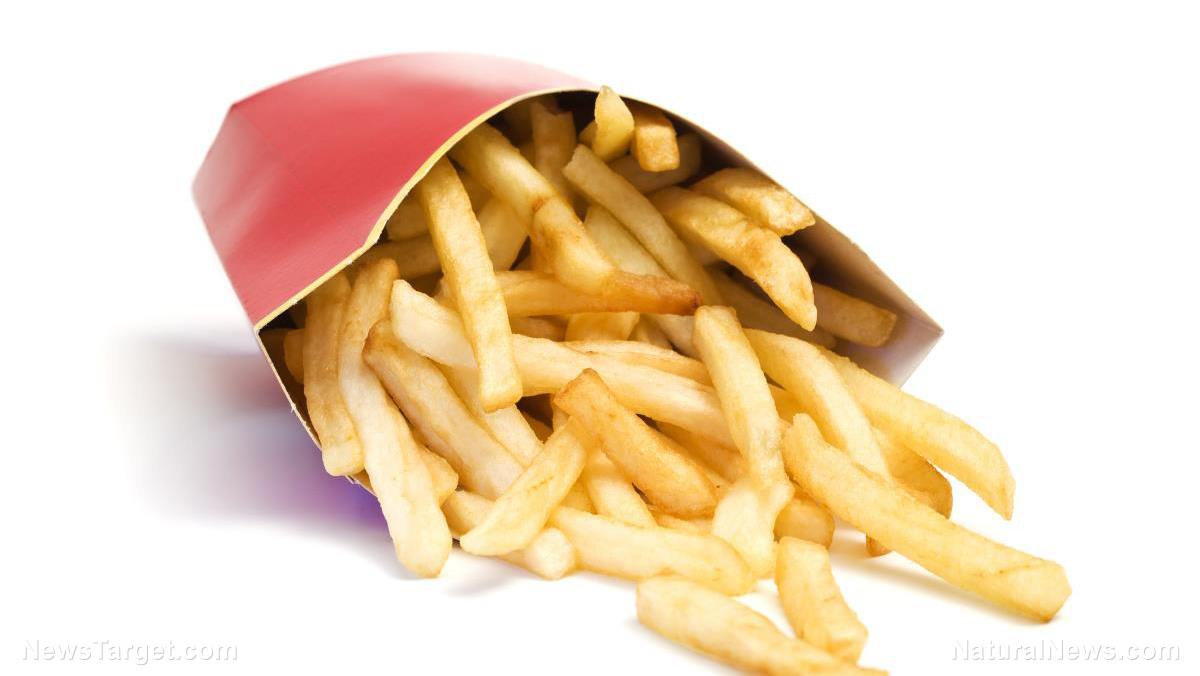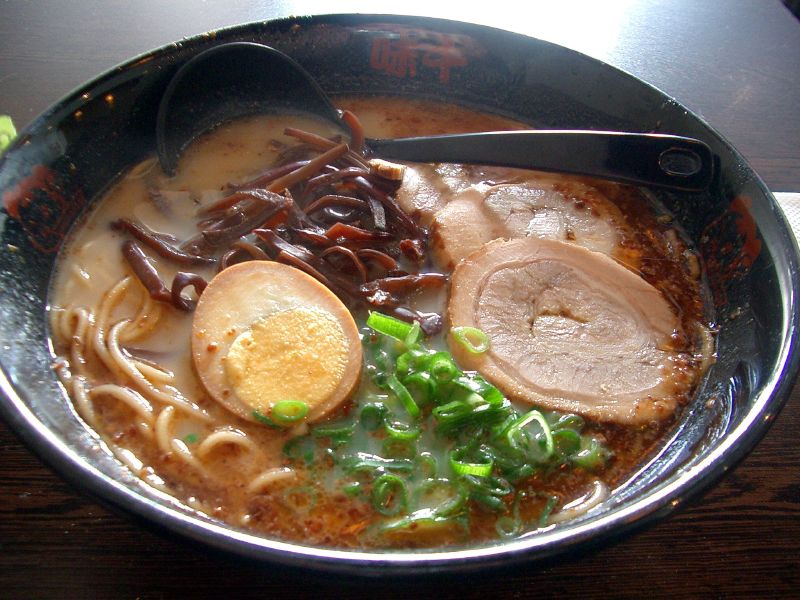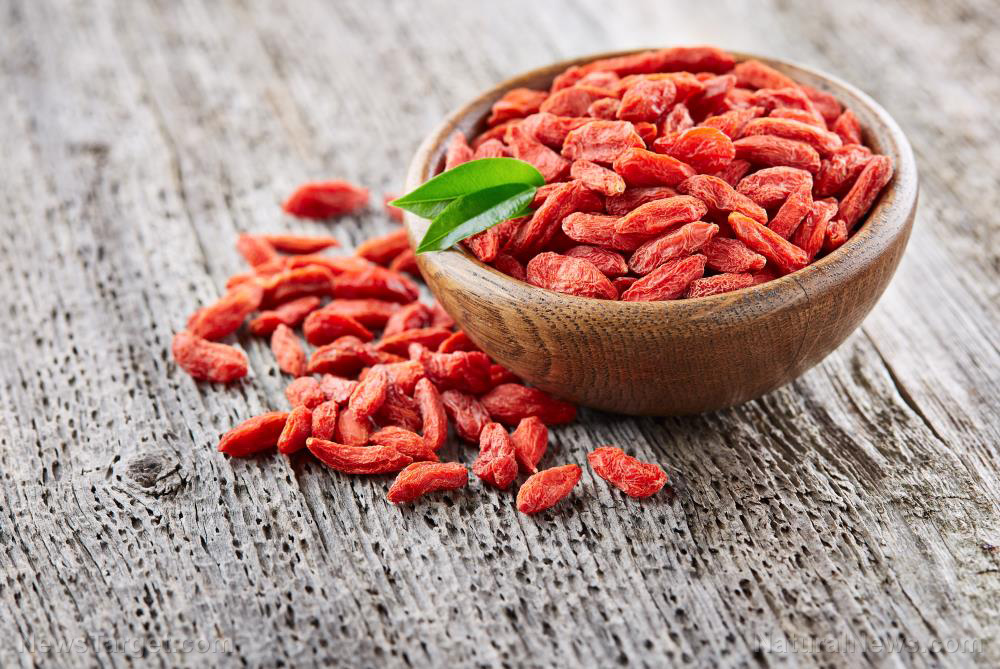Swiss chard: Support optimal health and wellness with this nutrient-dense leafy green
08/11/2025 / By Laura Harris
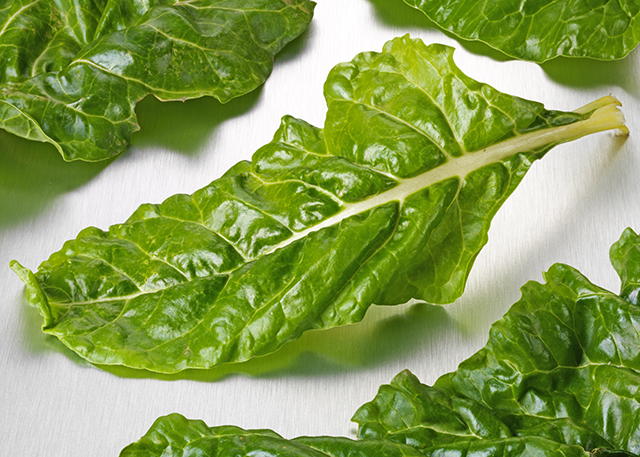
- Swiss chard originated in the Mediterranean and has been used by the ancient Greeks and Romans for its medicinal properties.
- Swiss chard is rich in vitamins, minerals and antioxidants like beta-carotene and flavonoids, making it a nutrient-dense leafy green.
- Regular consumption supports bone health, vision, immunity and detoxification. It can also reduce inflammation and cancer risk.
- Swiss chard’s high oxalate content may be a concern for individuals prone to kidney stones. Pesticide and heavy metal residues are also concerns. Opt for organic Swiss chard and wash thoroughly before consuming for your safety.
- Swiss chard can be enjoyed sautéed, in soups or wraps, in pesto or in Mediterranean dishes like spanakopita, offering both flavor and nutrition.
Swiss chard (Beta vulgaris subsp. cicla) is a leafy green vegetable that has been celebrated for centuries for its remarkable nutritional benefits and medicinal properties. With its vibrant stems and dark green leaves, Swiss chard is not only visually appealing but also a powerhouse of essential vitamins, minerals, and antioxidants.
Swiss chard belongs to the goosefoot family, which also includes beets and spinach. Despite its name, Swiss chard did not originate in Switzerland but rather in the Mediterranean region, where it has been cultivated since ancient times. The ancient Greeks and Romans valued Swiss chard for its medicinal properties, using it to support digestion and overall vitality.
The modern name “Swiss chard” was coined in the 19th century by Swiss botanists to distinguish it from other leafy greens. Today, Swiss chard is widely grown in Europe, North America and parts of Asia, where it is appreciated for its hardiness and adaptability to different climates.
Nutritional profile and health benefits
Swiss chard is packed with essential nutrients that contribute to overall health. Some of its most notable components include:
Vitamins
- Vitamin K – Crucial for blood clotting and bone health, Swiss chard provides over 300 percent of the daily recommended intake per 100 grams
- Vitamin A (beta-carotene) – Supports healthy skin, vision and immune function
- Vitamin C – A potent antioxidant that boosts immunity and collagen production
- B vitamins (B6, folate, riboflavin) – Essential for energy metabolism and neurological health
Minerals
- Magnesium – Supports muscle function, nerve health and blood sugar regulation
- Potassium – Helps regulate blood pressure and heart function
- Iron – Vital for oxygen transport and preventing anemia
- Calcium – Important for bone strength and muscle contractions
Antioxidants and phytonutrients
- Beta-carotene, lutein and zeaxanthin – Protect against oxidative stress and support eye health. (Related: 6 Reasons to eat antioxidant-rich Swiss chard.)
- Flavonoids (quercetin, kaempferol) – Have anti-inflammatory and anticancer properties.
- Chlorophyll – Detoxifies the body and supports liver health.
Swiss chard is a nutrient-rich vegetable, but it contains high levels of oxalates, just like spinach, beets and rhubarb. While this isn’t an issue for most people, those prone to oxalate-containing kidney stones should consume Swiss chard in moderation or use cooking methods like boiling to reduce oxalate content.
Additionally, Swiss chard is included in the Environmental Working Group’s (EWG) “Dirty Dozen” list due to pesticide residues. Common pesticides found in conventionally grown Swiss chard include permethrin (a neurotoxic insecticide), DDE (a breakdown product of DDT) and neonicotinoids (linked to bee decline). Heavy metals like cadmium may also accumulate in Swiss chard grown in contaminated soils.
To minimize exposure, opt for organic Swiss chard and thoroughly washing the vegetable before cooking or consuming.
Culinary uses of Swiss chard
Swiss chard’s mild, slightly earthy flavor makes it a versatile culinary ingredient. Here are some delicious ways to enjoy Swiss chard:
Sautéed Swiss chard with garlic
- A simple yet flavorful side dish – sauté chopped chard with olive oil, garlic and a splash of lemon juice.
Swiss chard soup
- Blend with vegetable broth, onions and herbs for a nutrient-dense soup.
Swiss chard wraps
- Use large leaves as a gluten-free alternative to tortillas for wraps filled with quinoa, hummus or roasted vegetables.
Swiss chard pesto
- Blend with basil, pine nuts, garlic and olive oil for a vibrant pesto sauce.
Mediterranean Swiss chard pie
- A traditional Greek dish (Spanakopita) where Swiss chard replaces spinach in a flaky phyllo crust.
From supporting bone strength to reducing cancer risk, Swiss chard’s impressive nutrient profile makes it a standout among leafy greens. However, mindful consumption is advised for people with kidney concerns.
By incorporating Swiss chard into soups, salads, stir-fries and more, you can harness its full potential for optimal wellness. This vibrant leafy green deserves a permanent spot on your plate.
This story is not medical advice and is not intended to treat or cure any disease. Always consult with a qualified naturopathic physician for personalized advice about your specific health situation or concern.
Learn more about the health benefits of superfoods and other natural ingredients at NaturalNews.com, your trusted source for wellness insights and nutritional knowledge.
For cutting-edge tools to expand your understanding of natural health, try Brighteon.ai, an innovative AI model created by Mike Adams, the Health Ranger. This free, downloadable tool is designed to decentralize knowledge, bypass censorship, and empower individuals with actionable information.
If you’re passionate about nutrition, natural medicine and uncensored discussions, visit Brighteon.com, a free speech video platform, and join our vibrant communities on Brighteon.IO and Brighteon.social. Dive into open conversations about food, ingredients and holistic health today!
Watch this video to learn about the 10 amazing health benefits of Swiss chard.
This video is from the Natural Cures channel on Brighteon.com.
More related stories:
Eat more Swiss chard to enhance endurance and lower your blood pressure.
Kick your day off right with these meal-worthy smoothies.
Top 41 nutrient-dense fruits and vegetables that you should incorporate into your diet.
Sources include:
Submit a correction >>
Tagged Under:
#nutrition, food cures, food is medicine, food science, functional food, health science, natural health, nutrients, organics, phytonutrients, swiss chard, Vegetable, veggie
This article may contain statements that reflect the opinion of the author



